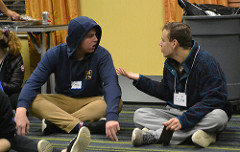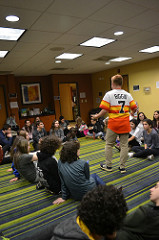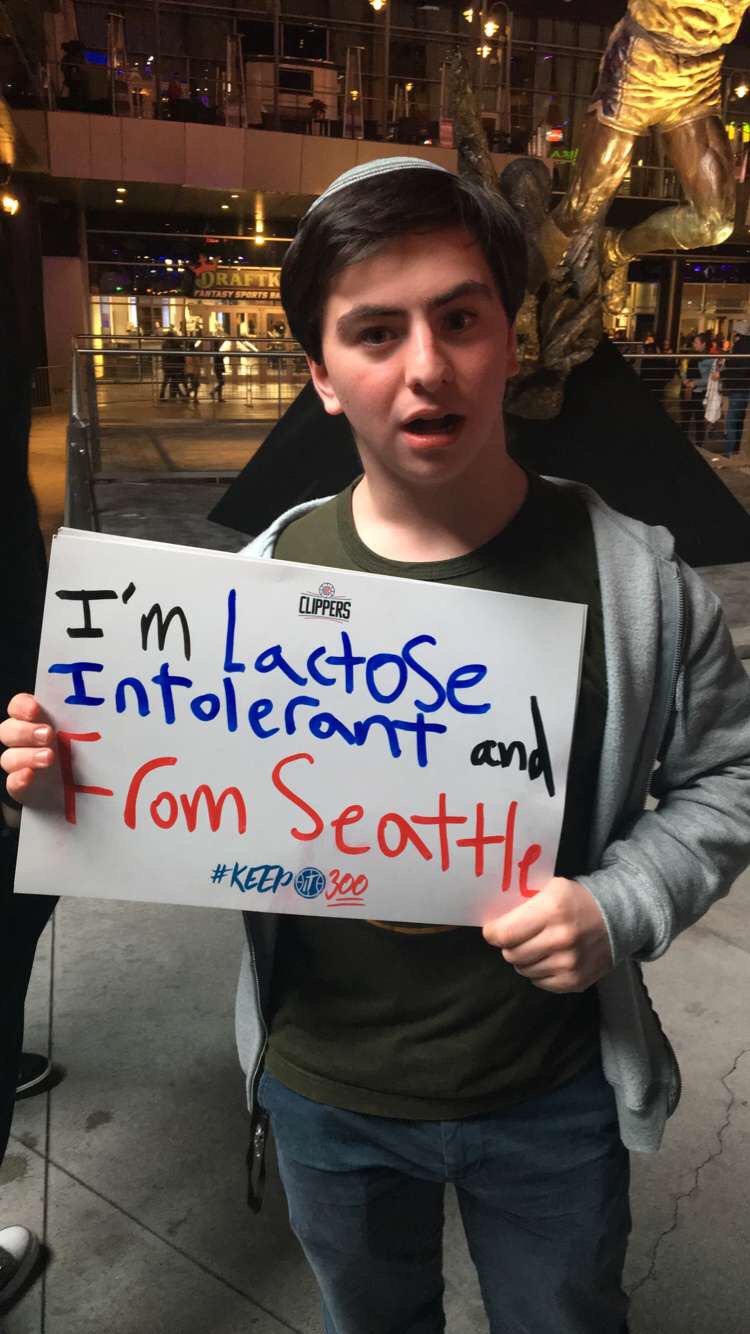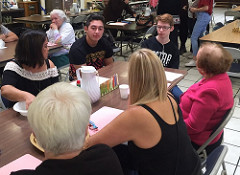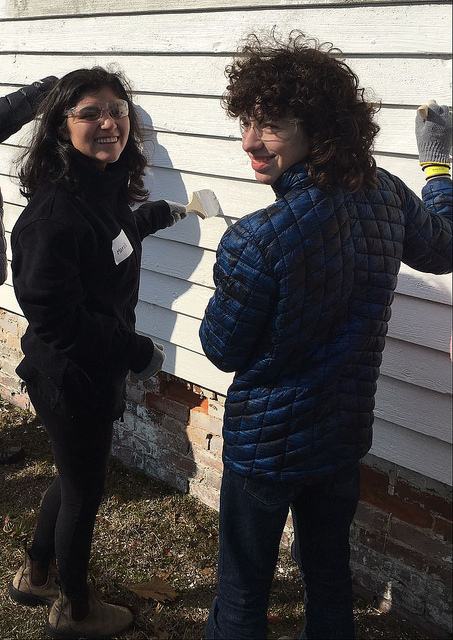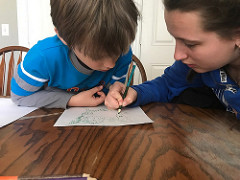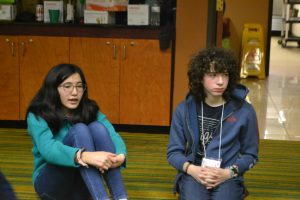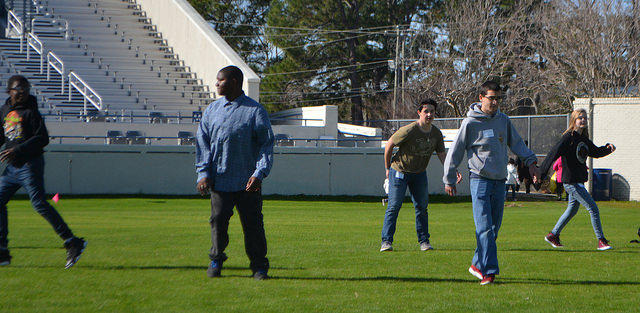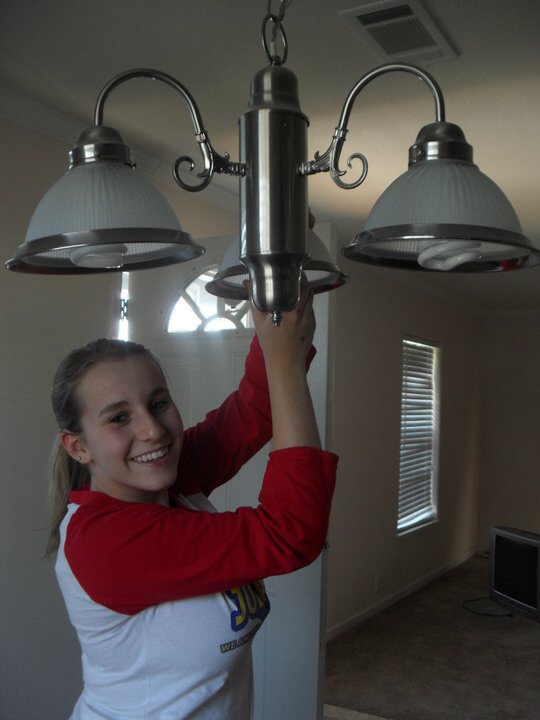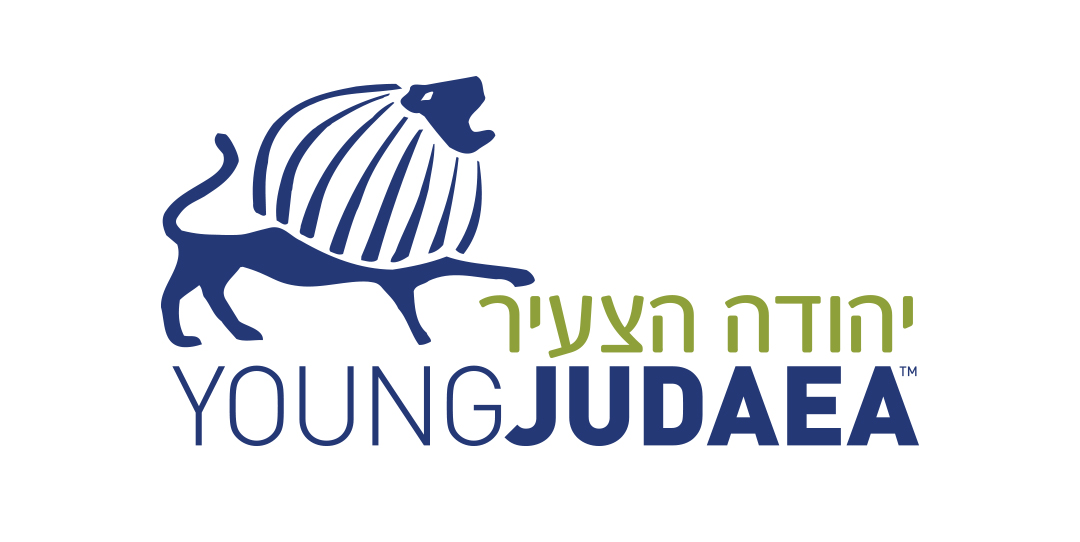
Sports is a Place of Community
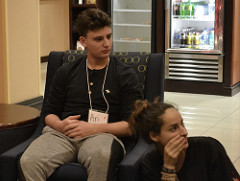
Today, the first full day of the 2017 AWB trip to Charleston, we volunteered at a party open to anyone inside the community who wished to come. This party was run by an organization called Without Walls. This is a Christian based organization that holds this event every year for Christmas. At the event, volunteers give out presents to kids in need and some general necessities such as: blankets, pillows, and just anything that someone who can’t maybe afford could use. Since the event took place on a football field, it seemed natural to also play football. This is where my experience takes place.
Personally, I felt uncomfortable with the power dynamic involved in giving out presents. This is why I chose to do my service on the playing field. Sports is a place of community. When you are on the field, no one cares about the color of your skin or what culture you were brought up with. Instead, the focus is strictly based on how to stop the opponent in front of you. The sports field is the one of the few places in the world where everyone is on the same playing field.
Before I went to the carnival, I never could have imagined the connection that can be made just by throwing a ball to a stranger. After a couple of passes to each other, we made two randomly selected teams to play a football game. It was amazing how good of a time we were all having. It was crazy how much of a bond you can create with people that you just met.
At this event, I learned that the best present you can give to someone is just a good time. The people that were playing on that football field seemed so happy and carefree. This experience that I had today is something that I will take with me forever.
~ Ari Kantorowitz; 10th grade, Jericho, New York

